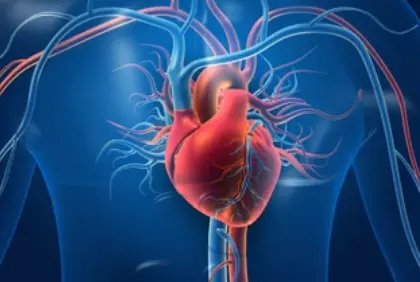 Welcome
Welcome
“May all be happy, may all be healed, may all be at peace and may no one ever suffer."
Blisters - Generics
Blisters are fluid-filled pockets that form on the skin's surface. They can occur for a variety of reasons, including friction, burns, insect bites, allergies, and infections.
Blisters typically develop when the top layer of skin becomes damaged, causing fluid to collect underneath. The fluid serves as a cushion to protect the damaged skin from further injury and allows new skin cells to grow underneath.
Most blisters will heal on their own within a few days or weeks, and treatment usually involves keeping the blister clean and dry to prevent infection. Avoid popping or puncturing the blister, as this can increase the risk of infection and delay healing.
If a blister is causing significant pain or discomfort, your healthcare provider may recommend draining it using a sterile needle or scalpel. They may also prescribe topical or oral medications to manage pain and prevent infection.
In rare cases, blisters can be a sign of a more serious underlying condition, such as an autoimmune disorder or infection, and may require further medical evaluation and treatment.

Inflammatory conditions o...

Erysipeloid

Relapsing fever and louse...

Deep tissue Candida infec...

Meningococcemia

Diaper rash

Herpes zoster ophthalmicu...

Acute rheumatic carditis
Blisters, ফোসকা
To be happy, beautiful, healthy, wealthy, hale and long-lived stay with DM3S.